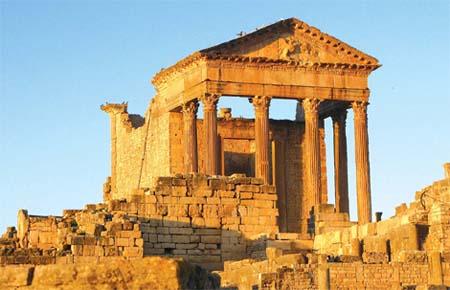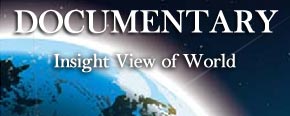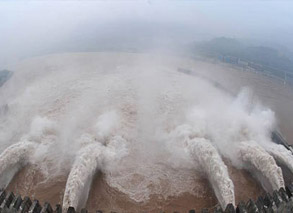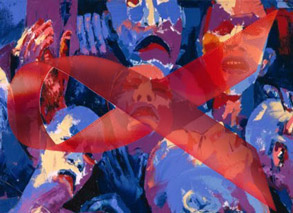Steeped in history
2010-01-22 11:42 BJT
Located in Africa and bordering the Mediterranean, Tunisia negates every stereotype you may hold of the country or its people, Ye Jun discovers.
 |
| These ruins at Dougga are an example of the traces of 700 years Roman rule that can be seen everywhere in Tunisia to this day. |
My first visit to an African country, Tunisia, started with surprises. Like many other Chinese, any mention of "Africa" brought to mind images of beautiful grasslands, exotic wildlife and poverty.
But as soon as I arrived at the international airport at Tunis, I found that none of these stereotypes were true.
The people are Arabic, and Tunisia is an open, Islamic country. Only a small number of women in the big cities wear a head scarf, let alone the full-body cover. According to our guide, only South Tunisia has Blacks, a small minority of around 13 percent.
Squashed between Algeria to the west and Libya to the southeast, Tunisia borders the Mediterranean Sea to the north and east, with a coastline extending 1,300 km.
Our week-long tour organized by the International Olive Council included brief stops at north and central Tunisian cities, such as Tunis, Dougga, Hammamet, Sfax, and Sousse.

 Mail
Mail Share
Share Print
Print


 Video
Video









 2009 China Central Television. All Rights Reserved
2009 China Central Television. All Rights Reserved